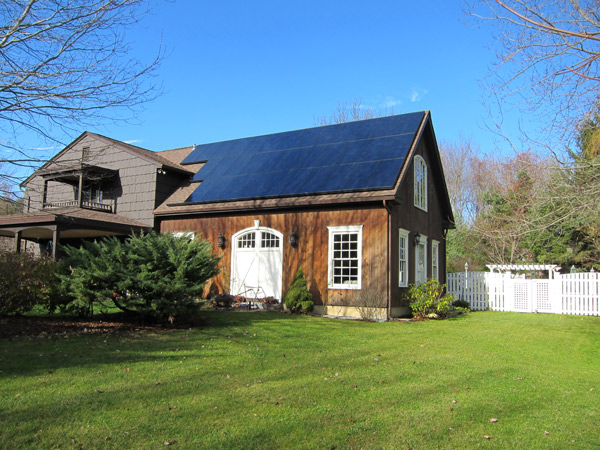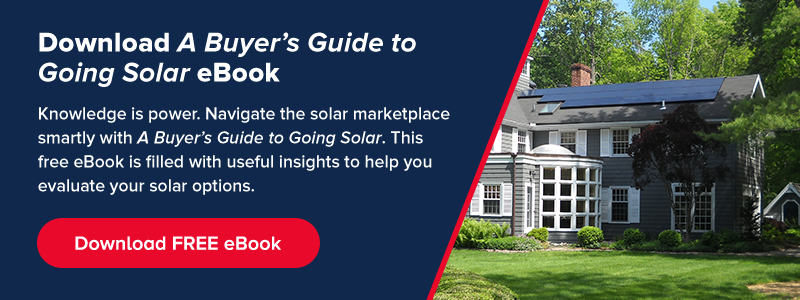Solar Electric
Both a state rebate and federal tax credit are currently available to help offset solar electric system costs!
 Are you looking for a reliable, pollution-free way to power your home? Aegis designs both grid-tied and off-grid solar electric / photovoltaic (PV) systems specifically suited to your electrical needs and budget.
Are you looking for a reliable, pollution-free way to power your home? Aegis designs both grid-tied and off-grid solar electric / photovoltaic (PV) systems specifically suited to your electrical needs and budget.
These systems can supplement the power you get from the utility company, or they can offer a cost-effective power supply to your entire home.
Frequently Asked Questions
Where can my solar system be mounted?
A building must exhibit certain characteristics to be a good candidate for a solar PV system. There should be maximum southern exposure without any shading from 9 a.m. to 3 p.m. Although an orientation of true south is best, a deviation of 30 degrees or less from true south is acceptable.
The preferred roof slope is 35 degrees in Connecticut. Roof slopes between 20 and 50 degrees (roughly 4/12 to 14/12 pitches) are acceptable.
Do I need a new roof before the solar panels are installed?
Because your solar system is designed for long life, your roof should be in good condition, with at least 10 years of its useful life left.
Do the solar panels need to be mounted on the roof?
No, solar panels can also be installed on a ground mount if an unshaded area is available.
How do I know what size system I need?
A review of your last 12 months of electricity usage will be used for a preliminary determination of the size system that will meet your needs. Other factors such as potential array orientation and tilt will be factored in as well.
What is the difference between grid-tied and off-grid solar electric systems?
A grid-tied (or “net-metered”) system is connected to the utility grid through a special digital meter that records the amount of power your system produces and the amount of power that you use from the grid. An off-grid (or “remote”) system is completely independent of the utility grid; it requires batteries to store the energy it collects during sunny times for use at night or when the sun isn’t shining.
What is net metering?
A special meter is used for a home with a solar photovoltaic system that is tied into the utility lines. The meter keeps track of both how much electricity your system feeds into the grid and how much electricity you use from the grid. You are then billed only on the net amount.
How do I apply for a Connecticut solar PV rebate?Aegis will take care of all the application paperwork for your Connecticut Clean Energy Fund (CCEF) rebate. Your solar electric system must be grid-tied to qualify for the CCEF rebate program. Battery backup, if desired, cannot be included when calculating the rebate amount.
What other incentives are available?There is also a generous Federal tax credit available for solar energy hot water and electric systems.
How do I go about tying into the grid?Aegis will prepare the interconnection request to your utility company and pay the application fee. We will also obtain the necessary town permits and arrange town and utility inspections.

